

Oskar Kokoschka (1886-1980)
Painter, Graphic artist
Oskar KOKOSCHKA (Pochlarn 1886 - Montreux 1980)
Oskar Kokoschka was a Czech artist: painter, graphic artist and writer. Kokoschka was born in Pöchlarn on the Danube. He came from a Prague Czech family, the second of four children. His father was a goldsmith. In Vienna, after graduating from secondary school, he received a scholarship to the Kunstgewerbeschule and enrolled in subjects such as drawing, graphics and art history. From 1905 he started painting with oil paint without formal lessons. He also started an expressionist painting. His teacher Gustav Klimt called him the greatest talent of the younger generation after an exhibition in Vienna. At the Kunstgewerbeschule, where he studied from 1905 to 1908, he met the architect Adolf Loos, who introduced him to Karl Kraus, publisher of the satirical magazine Die Fackel. In 1908 Kokoschka painted his first portraits. In 1909 he was impressed by George Minne, Edvard Munch and Vincent van Gogh. He also finished his studies at the Kunstschool and also left the artists' collective the Wiener Werkstätte. At that time he was mainly occupied with portraits, theater plays and poems. In 1910, Kokoschka came into contact with the publisher of the magazine Der Sturm, which for the next few years was the most important avant-garde magazine in Germany in the field of art and literature. Kokoschka also gained more fame by placing works in this area. A little later, the first one-man exhibition of this painter was organised. In 1911 Kokoschka came into contact with Der Blaue Reiter, an avant-garde group in Munich. There he met the poet Albert Ehrenstein, with whom he remained friends all his life. In 1912 he took part in the second exhibition of the 'Blaue Reiter' in Munich. Kokoschka had a turbulent relationship with Alma Mahler-Schindler, the widow of the composer Gustav Mahler. He painted her portrait and traveled with her through Italy. From 1912 to 1914 he made a series of seven fans for Alma, on which the course of their relationship was symbolically depicted. She ended their relationship. Later, Alma learned that Kokoshka had been wounded during World War I. He recovered in 1916 and discovered that in 1915 Alma had married architect Walter Gropius. This is how Kokoshka became obsessed with Alma, the unattainable love. In his early works, Kokoschka quickly turned away from Jugendstil and turned those forms into an expressionist language. In addition to illustrative work, psychological-visionary portraits in a dramatic-nervous painting style were created as early major works. The figure and the psychological portrait have always remained the focus of his creations, both in paintings and in his extensive graphic oeuvre. It is a fact that the paintings and especially the portraits of Kokoschka do not disguise but rather expose the more hidden instincts of man, thereby evoking an understandable movement of resistance. The most important earliest work was The Bride of the Wind, a reflection on his ultimately unrequited love for Alma Mahler. In 1918 he became acquainted with Hermine Moos, who cut dolls. He ordered a life-size doll with the features of Alma Mahler and made several works after this doll. A trip to Florence made him fascinated by Michelangelo's work. This is how many watercolors were created. Under the influence of Fauvism, the German Expressionists and the Blaue Reiter, the color environment became brighter, the paint more pasty and the brushwork calmer, but his work remained subject to stylistic fluctuations. After recovering from his war wounds, Kokoschka got to know Kathe Richter's circle of friends in Dresden and painted them. In 1924 he settled in Paris, where he would return regularly between his many travels. He traveled to southern France, Spain, Portugal, the Netherlands and England, as well as to Istanbul, Jerusalem and North Africa, Scotland, Ireland and Italy. These travels inspired him to create landscapes and new portraits. He also became very fascinated by the old masters Breughel and Altdorfer. After 1924, the long series of landscapes and cityscapes began, which partly show highly compressed overviews of places and partly are merely representative showpieces. Kokoschka responded to National Socialism and war with allegorical images and with the Self-portrait of a degenerate artist. In 1931 he gave up his residence in Paris and returned to Vienna, but left the city again after the Starhemberg Putsch of 1934 and, like many Czech emigrants, he moved to Prague, where he painted a portrait of President Masaryk, among other things. In the winter of 1934 he met his future wife, Olda Palkovska. In 1937 the government confiscated 417 of his works. During the Second World War he maintained close ties with Czech emigrants in his English exile.

Oskar Kokoschka - europalia 1987
Art Books - 1 bid
Log in or register to view the yield - 28 x 21 cm (h x w)
Sell a similar item in auction 
Oskar Kokoschka - Prancing horse
Prints (signed) - 2 bids
Log in or register to view the yield - 70 x 60 cm (h x w)
Sell a similar item in auction 
Oskar Kokoschka - Dionysos
Prints (signed) - 1 bid
Log in or register to view the yield - 45 x 32.5 cm (h x w)
Sell a similar item in auction 
Oskar Kokoschka - Drypoint, Self-portrait - Framed
Prints (signed) - 2 bids
Log in or register to view the yield - 71 x 56 cm (h x w)
Sell a similar item in auction 
Oskar Kokoschka - Zelfportret
Prints (signed) - 1 bid
Log in or register to view the yield - 76.5 x 56.5 cm (h x w)
Sell a similar item in auction 
Oskar Kokoschka - Dionysos und Xanthias Begegnen der Empuse. Erscheinung des Chors der Eingeweihte
Prints (signed) - 1 bid
Log in or register to view the yield - 45 x 32.5 cm (h x w)
Sell a similar item in auction 
Oskar Kokoschka - Litho, Zelfportret
Prints (signed) - 2 bids
Log in or register to view the yield - 76.5 x 56.5 cm (h x w)
Sell a similar item in auction 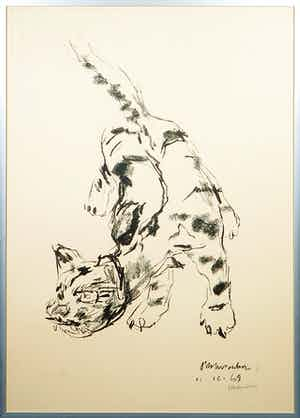
Oskar Kokoschka - Litho, Zonder titel - Ingelijst
Prints (signed) - 15 bids
Log in or register to view the yield - 72 x 52 cm (h x w)
Sell a similar item in auction 
Oskar Kokoschka - Originele 1910 "der Blaue Reiter" Lithografie "portret Tilla Durieux"
Prints (signed) - 20 bids
Log in or register to view the yield - 33 x 24 cm (h x w)
Sell a similar item in auction 
Oskar Kokoschka - De specht
Prints (signed) - 4 bids
Log in or register to view the yield - 64 x 48 cm (h x w)
Sell a similar item in auction 
Oskar Kokoschka - Kokoschka, Oskar : Londoner Ansichten. Vorzugsausgabe mit sign. original-Lithographie, No. 118
Special editions Log in or register to view the yield
Sell a similar item in auction 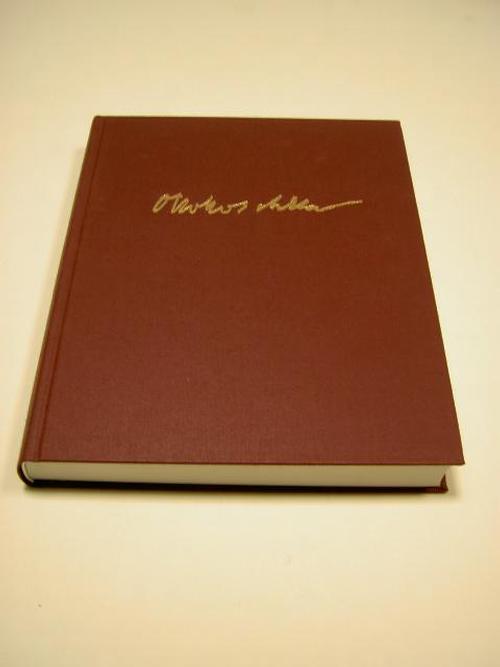
Oskar Kokoschka - Oskar KOKOSCHKA, WERKEVERZEICHNIS!
Prints (signed) Log in or register to view the yield
Sell a similar item in auction 
Oskar Kokoschka - Londoner Ansichten. VA mit sign. Lithographie, 1972.
Prints (signed) Log in or register to view the yield
Sell a similar item in auction 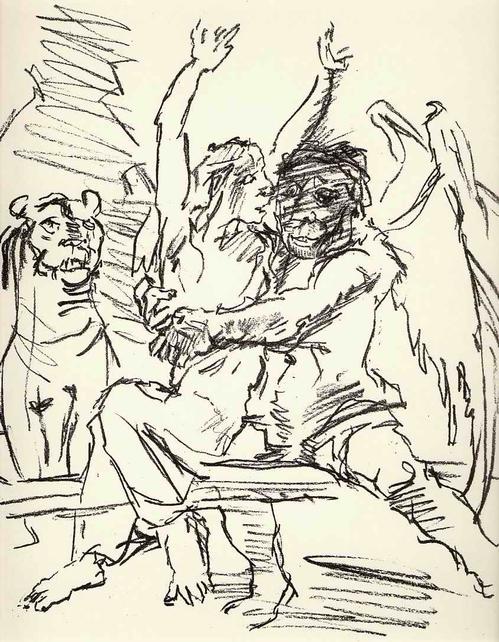
Oskar Kokoschka - WILDER TANZ - OriginalLithographie zu Werner EGKs gespenstischer OPER IRISCHE LEGENDEN - 1955
Prints (signed) Log in or register to view the yield
Sell a similar item in auction 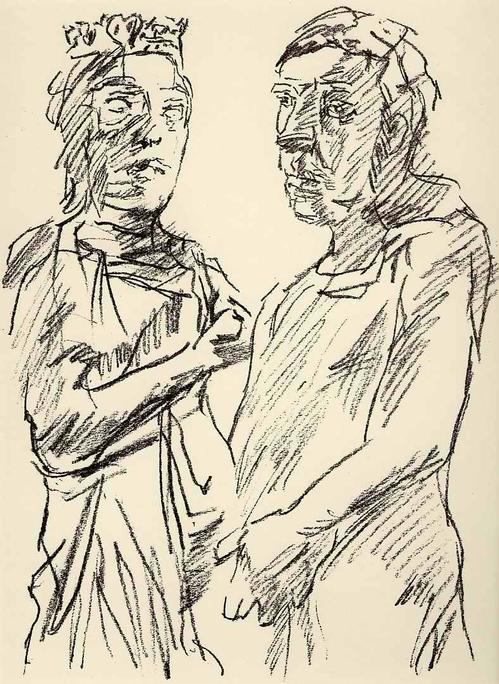
Oskar Kokoschka - OriginalLithographie zu Werner EGKs gespenstischer OPER IRISCHE LEGENDEN - 1955 - Unter PP
Prints (signed) Log in or register to view the yield
Sell a similar item in auction 
Oskar Kokoschka - OriginalLithographie zu Werner EGKs gespenstischer OPER IRISCHE LEGENDEN - 1955 - Unter PP
Prints (signed) Log in or register to view the yield
Sell a similar item in auction 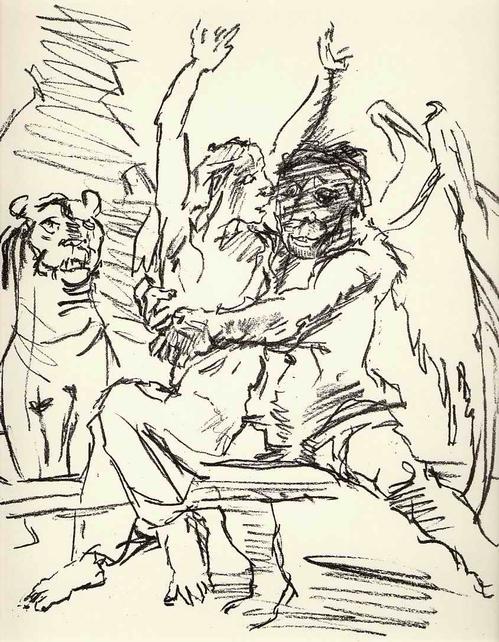
Oskar Kokoschka - WILDER TANZ - OriginalLithographie zu Werner EGKs gespenstischer OPER IRISCHE LEGENDEN - 1955
Prints (signed) Log in or register to view the yield
Sell a similar item in auction 
Oskar Kokoschka - Europa, handsignierte Lithografie, 1975
Prints (signed) Log in or register to view the yield
Sell a similar item in auction 
Oskar Kokoschka - Der Specht, Farblithographie von 1972
Prints (signed) Log in or register to view the yield
Sell a similar item in auction 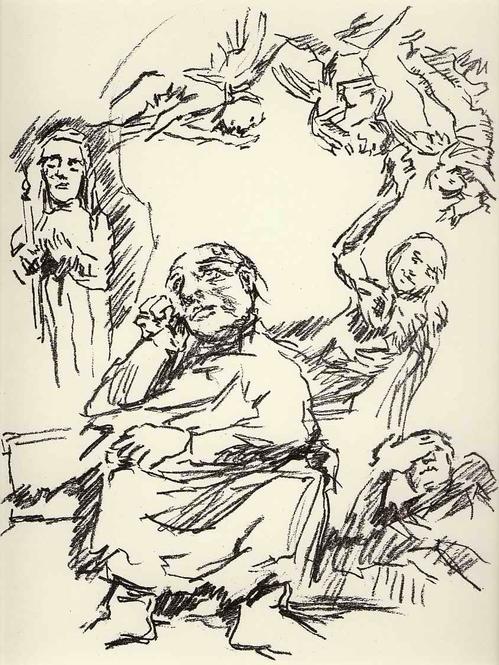
Oskar Kokoschka - OriginalLithographie zu Werner EGKs gespenstischer OPER IRISCHE LEGENDEN - 1955 - Unter PP
Prints (signed) Log in or register to view the yield
Sell a similar item in auction 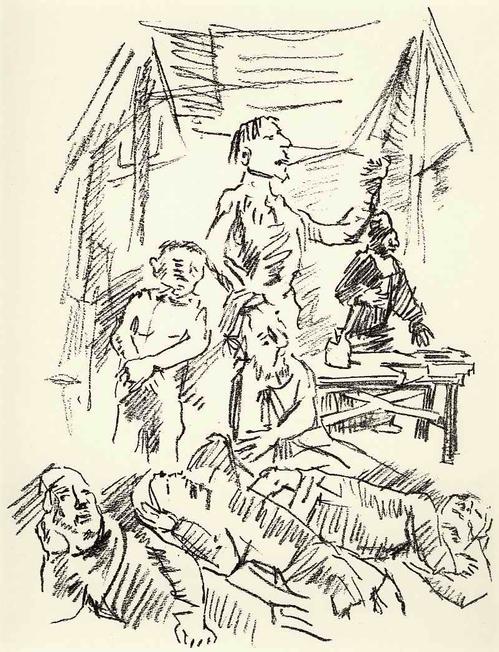
Oskar Kokoschka - OriginalLithographie zu Werner EGKs gespenstischer OPER IRISCHE LEGENDEN - 1955
Prints (signed) Log in or register to view the yield
Sell a similar item in auction 
Oskar Kokoschka - Oskar Kokoschka, Litho, Verkündigung, 1916
Prints (signed) - 1 bid
Log in or register to view the yield
Sell a similar item in auction 
Oskar Kokoschka - Kokoschka, Litho „Der verschmähte Liebhaber“, 1975
Prints (signed) - 1 bid
Log in or register to view the yield
Sell a similar item in auction 
Oskar Kokoschka - Tiger - Lithografie - handsigniert
Prints (signed) Log in or register to view the yield
Sell a similar item in auction 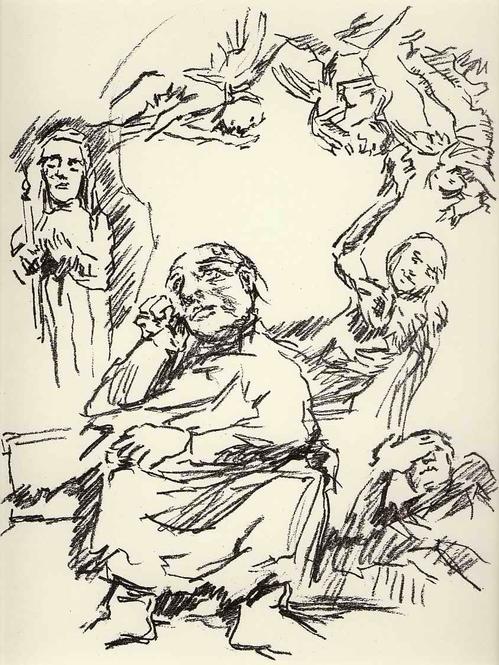
Oskar Kokoschka - OriginalLithographie zu Werner EGKs gespenstischer OPER IRISCHE LEGENDEN - 1955 - Unter PP
Prints (signed) Log in or register to view the yield
Sell a similar item in auction 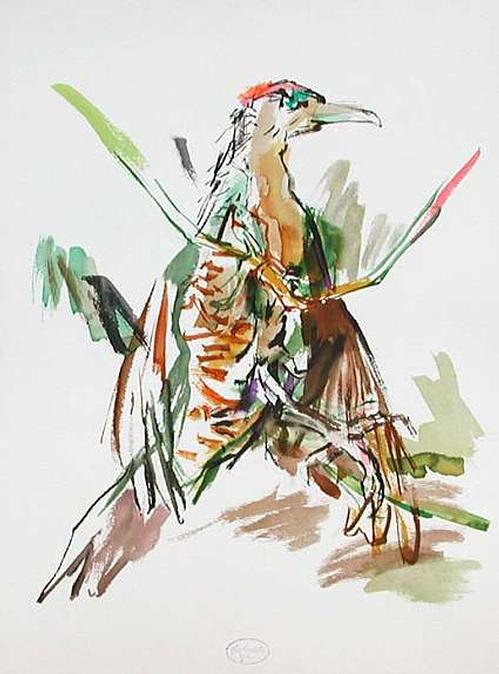
Oskar Kokoschka - Specht
Prints (signed) Log in or register to view the yield
Sell a similar item in auction 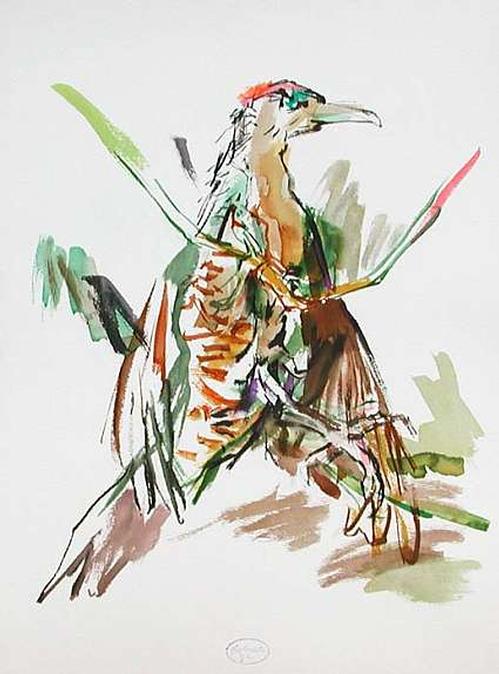
Oskar Kokoschka - Specht
Prints (signed) Log in or register to view the yield
Sell a similar item in auction 
Oskar Kokoschka - Cordelia (Act IV Scene VII), Original-Lithographie 1963, handschriftlich monogrammiert
Prints (signed) Log in or register to view the yield
Sell a similar item in auction 
Oskar Kokoschka - Frau mit Granatäpfeln, Original-Lithographie 1973, handsigniert
Prints (signed) Log in or register to view the yield
Sell a similar item in auction 
Oskar Kokoschka - Teufel auf einem Esel, Original-Farblithographie 1960, handsigniert
Prints (signed) Log in or register to view the yield
Sell a similar item in auction 
Oskar Kokoschka - Die Herren in Trauerkleidung, Original-Lithographie 1916
Prints (signed) Log in or register to view the yield
Sell a similar item in auction 
Oskar Kokoschka - Der Specht. Farb-Lithographie von 1971/72
Prints (signed) Log in or register to view the yield
Sell a similar item in auction 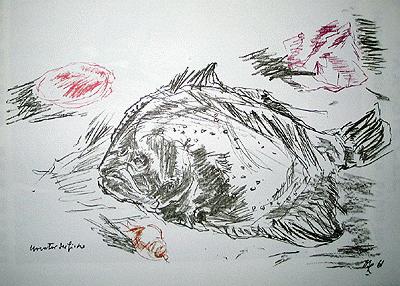
Oskar Kokoschka - Urvater der Fische. Farb-Lithographie von 1961
Prints (signed) Log in or register to view the yield
Sell a similar item in auction 
Oskar Kokoschka - Sturm Lithografie 1916/17
Prints (signed) Log in or register to view the yield
Sell a similar item in auction 
Oskar Kokoschka - Der Specht,Farblithographie
Prints (signed) Log in or register to view the yield
Sell a similar item in auction 
Oskar Kokoschka - Europa, Original-Lithographie 1975, signiert
Prints (signed) Log in or register to view the yield
Sell a similar item in auction 
Oskar Kokoschka - orig. Litho, 1917, Stockmonogramm,datiert
Prints (signed) Log in or register to view the yield
Sell a similar item in auction 
Oskar Kokoschka - Europa, Lithographie 1975
Prints (signed) Log in or register to view the yield
Sell a similar item in auction 
Oskar Kokoschka - Der Specht,Farblithographie
Prints (signed) Log in or register to view the yield
Sell a similar item in auction 
Oskar Kokoschka - Der Specht,Farblithographie
Prints (signed) Log in or register to view the yield
Sell a similar item in auction 
Oskar Kokoschka - Tower Bridge
Prints (signed) Log in or register to view the yield
Sell a similar item in auction 
Oskar Kokoschka - Original Farblithographie 1961, "URVATER DER FISCHE", monogramiert
Prints (signed) Log in or register to view the yield
Sell a similar item in auction 
Oskar Kokoschka - Oskar Kokoschka Penthesilea, Kaltnadelradierung"
Prints (signed) Log in or register to view the yield
Sell a similar item in auction 
Oskar Kokoschka - Europa, Lithographie 1975
Prints (signed) Log in or register to view the yield
Sell a similar item in auction 
Oskar Kokoschka - Lithographie Mädchenbildnis
Prints (signed) Log in or register to view the yield
Sell a similar item in auction
Sell art of Oskar Kokoschka
Kunstveiling is the platform where you can successfully sell art of Oskar Kokoschka online! With a large audience of art lovers you will easily find a buyer for the beautiful artwork of Oskar Kokoschka that you want to sell. Would you like to read more about selling art via Kunstveiling? Then click on the link and see the instructions to create an online auction yourself!
Why would you sell art of Oskar Kokoschka via Kunstveiling?
Sell art of Oskar Kokoschka through the largest auction platform in the Netherlands and Flanders, focused on online buying and selling of art, jewellery and design. If you are a member of Kunstveiling, you can easily sell unique works of art of Oskar Kokoschka with your personal Kunstveiling account. At Kunstveiling you pay no sellers' commission on successful sales.
Selling art online by Oskar Kokoschka and other recognised artists is an exciting and dynamic process and can give quick results. With many thousands of active buyers you will find a large and varied audience for artworks by Oskar Kokoschka that you want to sell through the auction. In addition, Kunstveiling offers the possibility to sell your artworks of Oskar Kokoschka through the Auctioneer via the de-collecting service. We will gladly take the work involved in the sale of your artworks of Oskar Kokoschka out of your hands.
How do I offer an artwork of Oskar Kokoschka for sale through Kunstveiling?
To sell art of Oskar Kokoschka through Kunstveiling you need an account. You can easily create an account here. Before you start selling art of Oskar Kokoschka via Kunstveiling read the auction rules carefully. Offering art of Oskar Kokoschka for sale via the online auction is quick and easy. Through the form you specify the details of the artwork of Oskar Kokoschka, including the technique used, dimensions and an indication of the condition. You can also add pictures of the work of art by Oskar Kokoschka. For tips on taking striking photographs, also read our auction tips. Finally, you give an opening bid, and select the end time of the auction.
After the auction has ended, you will automatically receive a message with the details of the winning bidder so that you can continue processing the sale. If the artwork of Oskar Kokoschka is not sold, consider re-offering the work and possibly lower the opening bid to increase the chances of a successful sale of an artwork of Oskar Kokoschka!
I want to sell art by Oskar Kokoschka. What is a realistic opening bid?
Do you have an artwork of Oskar Kokoschka that you would like to sell, but are you unsure about a suitable opening bid? Then request a free, no-obligation valuation from our Auctioneers. They are happy to give you advice and a realistic estimate of the value of your work of art of Oskar Kokoschka. You can read more information about submitting an online request for an auction estimate by clicking on the link.
 Austrian
Austrian  English
English